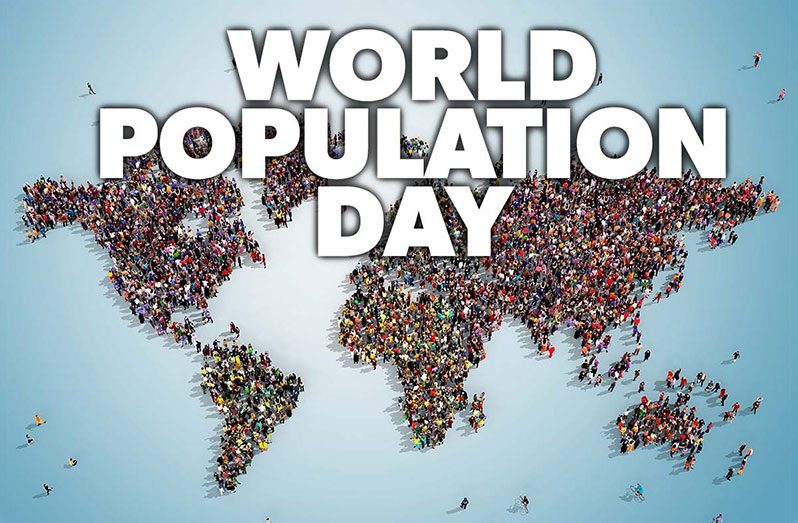RIGHTS and choices are the answer: Whether baby boom or bust, the solution to shifting fertility rates lies in prioritising the reproductive health and rights of all people
In this second year of COVID-19, we are suspended in an in-between state, where parts of the world are emerging from the deep recesses of the pandemic, while others are locked in battle with the coronavirus as access to vaccines remains a distant, deadly reality.
The pandemic has compromised health care systems, particularly in the area of sexual and reproductive health. It has also exposed and exacerbated gender-based inequities: gender-based violence increased under lockdowns, as did the risk of child marriage and female genital mutilation as programmes to abolish the harmful practices were disrupted. Significant numbers of women left the labour force – their often low-paying jobs were eliminated or caregiving responsibilities for children learning remotely or for homebound older people increased – destabilising their finances, not just for now, but in the long run.
Against this backdrop, many countries are expressing growing concern over changing fertility rates. Historically, alarmism over fertility rates has led to abrogation of human rights.
UNFPA advises against reactionary policy responses, which can be extremely harmful if they violate rights, health and choices. The agency emphasises that women must be empowered educationally, economically and politically, to exercise choice over their bodies and fertility.
World Population Trends
It took hundreds of thousands of years for the world population to grow to 1 billion – then in just another 200 years or so, it grew sevenfold. In 2011, the global population reached the 7 billion mark, and today, it stands at about 7.7 billion, and it’s expected to grow to around 8.5 billion in 2030, 9.7 billion in 2050, and 10.9 billion in 2100.
This dramatic growth has been driven largely by increasing numbers of people surviving to reproductive age, and has been accompanied by major changes in fertility rates, increasing urbanisation and accelerating migration. These trends will have far-reaching implications for generations to come.
The recent past has seen enormous changes in fertility rates and life expectancy. In the early 1970s, women had on average 4.5 children each; by 2015, total fertility for the world had fallen to below 2.5 children per woman. Meanwhile, average global lifespans have risen, from 64.6 years in the early 1990s to 72.6 years in 2019.
In addition, the world is seeing high levels of urbanisation and accelerating migration. 2007 was the first year in which more people lived in urban areas than in rural areas, and by 2050 about 66 per cent of the world population will be living in cities.
These megatrends have far-reaching implications. They affect economic development, employment, income distribution, poverty and social protections. They also affect efforts to ensure universal access to health care, education, housing, sanitation, water, food and energy. To more sustainably address the needs of individuals, policymakers must understand how many people are living on the planet, where they are, how old they are, and how many people will come after them.
According to Wikipedia: “World Population Day is an annual event, observed on July 11 every year, which seeks to raise awareness of global population issues. The event was established by the Governing Council of the United Nations Development Programme in 1989. It was inspired by the public interest in Five Billion Day on July 11, 1987, the approximate date on which the world’s population reached five billion people. World Population Day aims to increase people’s awareness on various population issues such as the importance of family planning, gender equality, poverty, maternal health and human rights.
The day was suggested by Dr. K.C.Zachariah in which population reaches Five Billion when he worked as Sr Demographer at the World Bank.
While press interest and general awareness in the global population surges only at the increments of whole billions of people, the world’s population increases annually by 100 million approximately every 14 months. The world’s population reached 7,400,000,000 on February 6, 2016; the world population had reached 7,500,000,000 around 16:21hrs on April 24, 2017. The world’s population had reached 7,700,000,000 in year 2019.
In November, UNFPA, together with the governments of Kenya and Denmark, will be convening a high-level conference in Nairobi to accelerate efforts to achieve these unmet goals. On World Population Day, advocates from around the world are calling on leaders, policymakers, grassroots organisers, institutions and others to help make reproductive health and rights a reality for all.”
(Information gathered from www.un.org)




.jpg)










